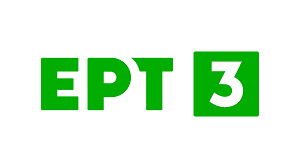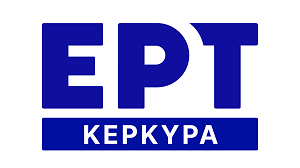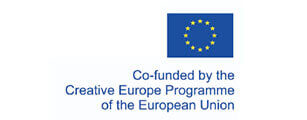Summary
For the City of London, a vacated site located in the Culture Mile raises the question: Can the post-pandemic dreams of a fast-changing city be met by repurposing existing structures or must they be demolished to facilitate rebuilding? It's a question that has significance not only for the City but, also, for cities worldwide facing dilemmas on how to stem the huge impact that the construction industry has on the climate crisis.
The scheme for London Wall West produced so far by architects Diller Scofidio + Renfro (DS+R), working with other consultants, has aroused opposition due to the apparent failure of its proposed office towers to meet the City's own sustainability targets. To resolve this seemingly implacable situation, I’m suggesting that London Wall West could become a crucial test bed for experimentation on how to turn ‘blue sky’ thinking into reality - a reality that embraces a symbiosis of virtual and physical space. It's by building less that the City will be able to make its dream come true - a dream that enables unsuitable existing buildings to be demolished with impunity without compromising the City's declared drive towards a sustainability. Moreover, such a policy, replicated many times over by cities throughout the world, might just succeed in saving the planet.
Objective: Building Less is More
First, I should explain that the City of London’s Culture Mile, where London Wall West is located, embraces world class institutions such as the Barbican Centre’s performance and exhibition spaces, the Guildhall School of Music and Drama, the London Symphony Orchestra and the London Museum (now closed in anticipation of its reopening at a new site in Smithfield in 2026).
Before London Wall West is up and running (in, say, 5 year’s time), it can be anticipated that the virtual world (already part of the City’s post- pandemic working pattern) will have advanced to the extent that workers will be dividing their time between familiar physical settings and new virtual environments that are immersive and three-dimensional. With this end in sight, I’m encouraging the City to create its own virtual world (ie. a metaverse) which, at London Wall West, will reduce substantially the need for carbon hungry office buildings.
Virtual environments still add greenhouse gases to the atmosphere but at a level that we can anticipate is substantially lower than amounts generated by the built environment. For this reason, the principle cause of the current scheme’s opprobrium can be removed. Further, as I aim to demonstrate, the mirrored floorplates of DS+R’s twin office towers offer a real possibility that one of them can become digital which, even in a virtual form, will still provide a valuable asset for the City.
It’s in the Far East, in particular, that the idea of building virtually has caught on. In South Korea, the creation of metaverse offices has been implemented as a way of dispersing the population from congested megacities. For instance, employees of Zingbag, a financial company, no longer need to travel to the centre of Seoul. They work virtually in a 30 storey building, Metropolis, where a ‘feeling of presence’ is established that enables employees to communicate with one another by word of mouth. We’re told that Zingbag’s virtual environment has generated a more motivated workforce with a lower cost of living and a better quality of life.
Method and Progress
Chris Hayward, Policy Chairman of the City of London Corporation has stated: "we should feel confident that the City can continue to be leaders in creating a more sustainable future". My proposal outlines how this aim can be substantiated at London Wall West by weaving new virtual possibilities into DS+Rs current physical scheme.
At DCAC 2O23, I will trace progress so far and outline how London Wall West can be regarded as a test case on how cities, worldwide, might approach the processes of Digital Transformation. Already, I have received positive responses from Chris Hayward and Tim Jones, Culture Mile manager. Going further afield, Nick Clegg (vice president of global affairs and communication at Meta) finds my suggestions "intriguing" and professor Dominik Lengyel, an architect in Berlin, specialising in virtualization, regards my proposals as "thrilling, compelling and, foremost, totally convincing".
As yet, there can be no conclusion to my story. I fully understand that, for many, an unknown future that threatens to change everything is a frightening prospect but, from the days of the Great Fire onwards, the City has always looked forward, never backward. It has taken bold decisions in the past and it can do it again.
Terry Trickett’s personal history, past and present, explains why he is adding to the already considerable controversy that surrounds the development of London Wall West. For 30 years, he ran his own architectural firm, Trickett Associates, with the aim of ‘helping organisations, large and small, to know themselves before they initiated changes to existing buildings or commissioned new ones’. Now, Terry Trickett acts as International Liaison for EVA (Electronic Visualisation and the Art). The EVA International Sessions that Trickett organises provide a platform for generating discussion on specific subjects of concern across the worldwide EVA network. The most recent discussion was ‘EVA and the metaverse’.
Back














